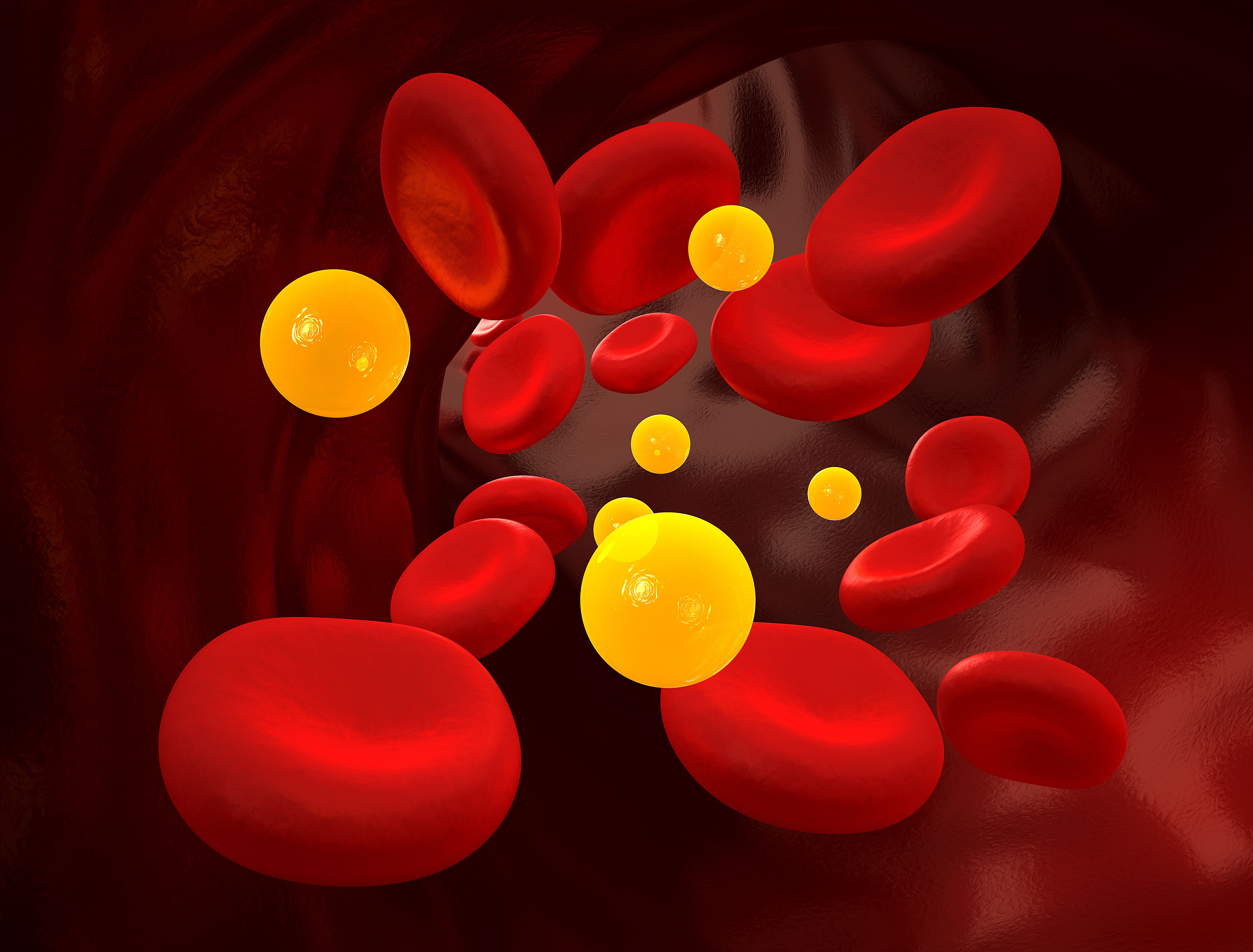Video
Statin Therapy Selection and Shared Decision-Making
Author(s):
EP: 1.Guidelines to Manage Blood Cholesterol
EP: 2.Targeting LDL Cholesterol
EP: 3.Coronary Calcium Scoring to Assess Cardiovascular Risk
EP: 4.Disparities in Lipid Management
EP: 5.Statin Therapy Selection and Shared Decision-Making
EP: 6.Management of Statin Intolerance/Myalgias
EP: 7.Ezetimibe to Help Lower LDL-C
EP: 8.Bempedoic Acid to Reduce LDL-C
EP: 9. Icosapent Ethyl for Cardiovascular Risk
EP: 10.PCSK9 Inhibitors to Help Lower LDL-C
EP: 11.LDL-C Lowering Therapy Under Study: Inclisiran
EP: 12.LDL-C Lowering: Adopting Inclisiran Into Practice
EP: 13.Paradigm Shift in Lipid Management: Series Takeaways
Transcript:
Alan Brown, MD: Let’s talk about shared decision-making. It has been a catch phrase in all the latest guidelines and consensus documents. Pam, we’ll start with you. Tell us what that means.
Pamela Bowe Morris, MD: This is my second-favorite thing about the new guidelines. The first were the new thresholds. The second is the shared decision-making. We spend a lot of time discussing what the evidence says, whether it should be goals or thresholds and how low is low enough. What we need to do, and what is such a strong part of the 2018 guidelines, is incorporate the patient voice.
I like to say that my job for a patient is to give them the information they need to make informed decisions about their health care. They’re health care choices. I provide them with information. We discuss the risks and benefits of the potential for improved outcomes. But in the long run, the patient’s priorities and preferences are most important. That’s what shared decision-making is. It’s educating, informing the patients about potential benefits and risks, and then letting them share their preferences and priorities so we can come to a decision that is best for them.
Alan Brown, MD: Well said. Matt, I’m going to put you on the spot. We know that statins have been the mainstay of therapy. We all think that statins should be the first approach, in terms of reducing cardiovascular risk from a medical standpoint, after lifestyle modification. When you have that discussion with patients, we know that many of them push back because they’re afraid of potential adverse effects. Describe how you do your shared decision-making with patients and what you tell them.
Matthew J. Budoff, MD: Unfortunately, you can google anything and get any answer you like. I always say that Siri undermines a lot of what we do. People think she’s a nurse practitioner or a doctor. They try to get their advice from her and Dr Google, and it’s often incorrect. It’s almost like the anti-vaxxers. The antistatin movement is likely based on small excerpts or a lot of misinformation. But we deal with it. We talk to the patient. We tell them that the statin’s adverse effects are real, but they occur in a low percentage of patients. Most people will not get adverse effects. If they are in that unfortunate group that gets adverse effects, we can always stop the statin and the effects will wear off.
There’s nothing permanent about the statin adverse effects that we see. They’re not going to get permanent liver damage. They’re not going to get permanent problems with their memory. If they stop the statin and they get those unusual adverse effects, they’ll wear away. Muscle adverse effects go away when they stop the statin. I try to reassure them and let them try the statin. I say, “Let’s hope you’re in the 95% who do well, rather than 5% who have some adverse effect.”
Alan Brown, MD: Seth, why do statins remain the mainstay of therapy? What are the data for that, No. 1? No. 2, do you have any tricks when your patients are pushing back? What if they worry about diabetes, for example?
Seth J. Baum, MD: As far as why they’re the mainstay of therapy, we have 30 years of data and life experience with people on statins. The data are overwhelming. They work. They decrease heart attack, stroke, and cardiovascular death in the right patient population. They should be the mainstay of therapy.
With regard to statin-induced adverse effects, they exist. We see that many of our patients have adverse effects when we might not think that there’s anything physiological going on. Maybe it’s supratentorial. That doesn’t matter. If the patient is experiencing something, we have to deal with that.
It fits in with Pam’s shared decision-making discussion. We’re not going to say, “You have to take that medicine. I don’t care if you have aches in your legs.” As Matt said, I reassure them that whatever adverse effects they’ve experienced can go away if the medication is stopped.
There are 7 statins. We can pick 1, and then use another that has perhaps a different mechanism of metabolism. There are ways around this. We use lower doses. We can alternate days. There are many ways to play with this. We also have other drugs, which we’ll get to. It’s nice to get the most out of a statin, because then we can build on that.
I always try to reassure the patient and inform the patient about that. It’s a starting point. If we’re shooting for 50% or 70% reduction, even if they drop 20%, that’s a great starting point for their next medication. There’s a lot to say, Alan, but that’s how I deal with this.
Pamela Bowe Morris, MD: I was just going to follow up on what you said, Seth. It sounds as if you do the same thing I do, which is to be sure that patients understand that the 2 of us are embarking on a journey together toward normalizing their lipid panel and reducing their risk. Patients don’t like being told to take the medication with a 6-month follow up. There is a feeling that they’ve been abandoned, or that no one is going to listen to their potential adverse effects.
They need to understand that you have a relationship. We’re going to be repeating the lipid panel again in 8 to 12 weeks. Every time we change it, they’re going to see me again. We’re going to discuss it. In the meantime, they can send me a message through the electronic medical record if they have problems. As long as they feel that they’re being heard and followed carefully, they’re much more likely to be adherent to therapy and follow you along in that journey.
Seth J. Baum, MD: I totally agree with that. As I see it, I’ve been practicing shared decision-making for over 30 years. Right? That is how we were trained to be physicians. We were instructed to always consider the patient. You’re in this with your patient. The goal was never to tell your patient to do this, that, or the other thing. It was always to work together for the patient’s good.
I like the fact that we’re talking about shared decision-making now. But to me, it’s not a new concept. It’s a very old clinician concept that I feel we should all be practicing all the time.
Alan Brown, MD: The old saying is that the most important part of caring for patients is caring for the patients. If the patient perceives that you care about them, they will more likely trust you. They know that your advice is in their best interest, and they’ll likely be more compliant. The other old saying is that the way you influence others has nothing to do with what they think about you; it has everything to do with how they feel about themselves when they’re in your presence. That’s an important rule, whether it’s in your professional career or you’re taking care of patients.
Transcript Edited for Clarity
2 Commerce Drive
Cranbury, NJ 08512
All rights reserved.




